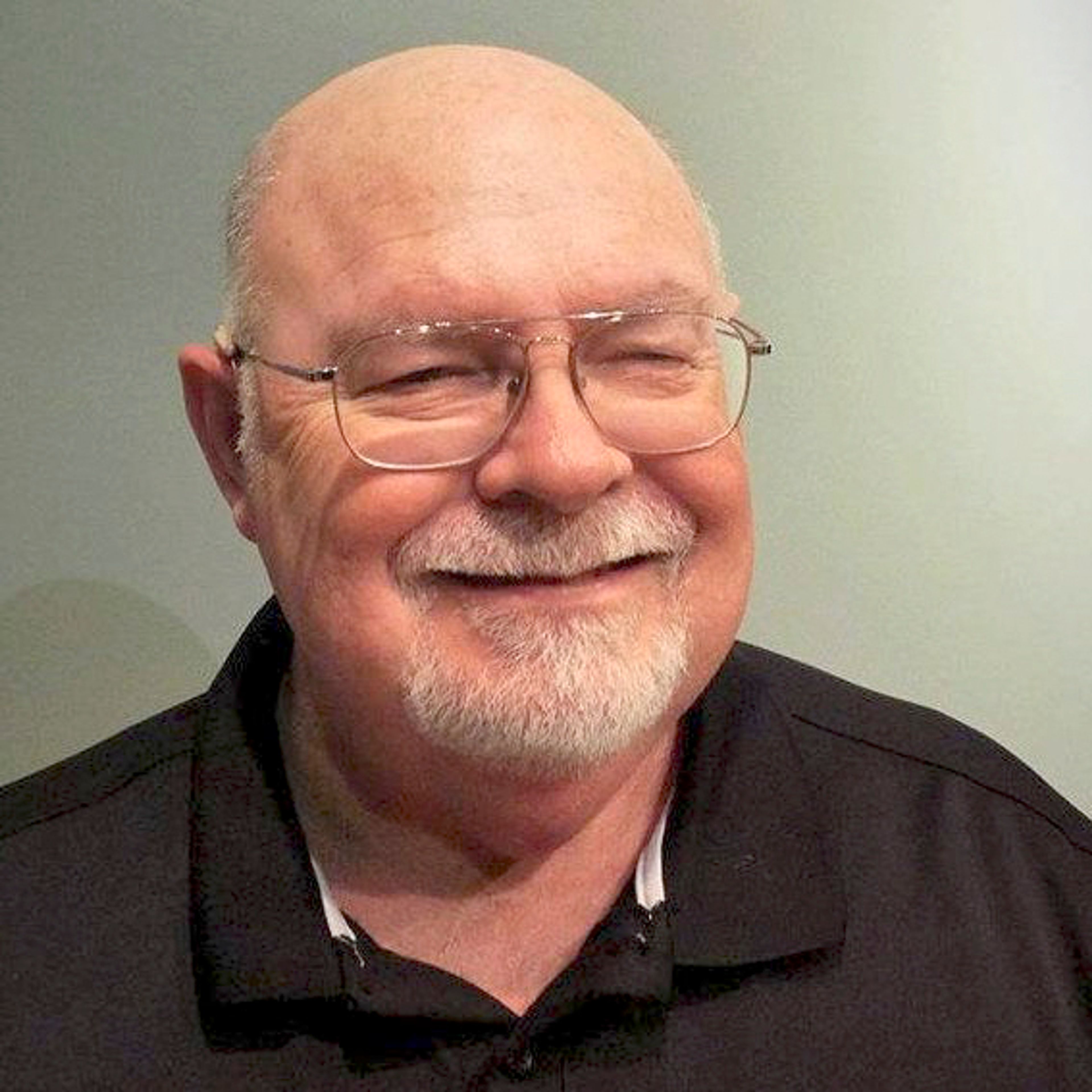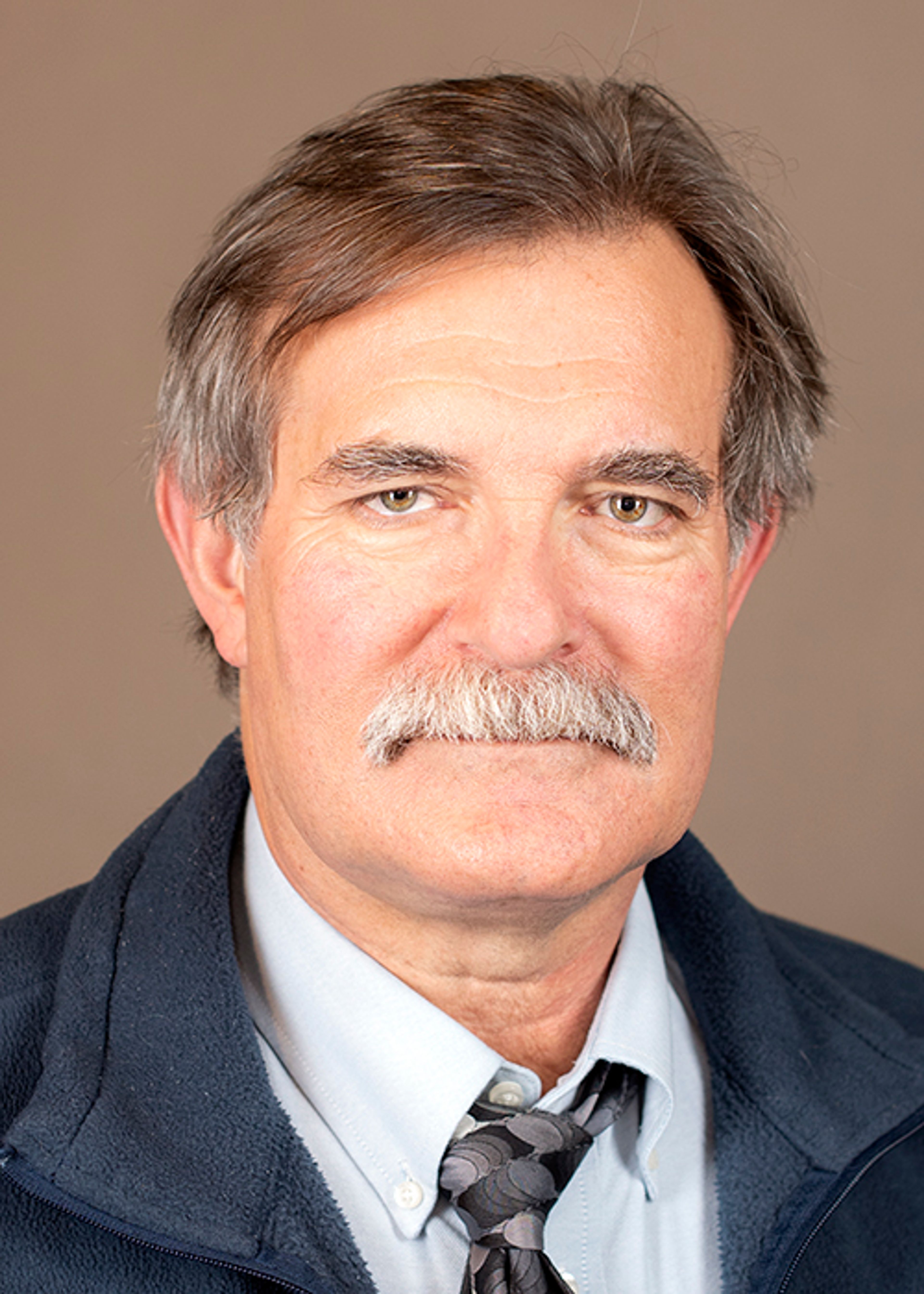OPINION: Idahoan paid freedom’s ultimate price
“All who shall hereafter live in freedom will be here reminded that to these men and their comrades we owe a debt to be paid with grateful remembrance of their sacrifice and with the high resolve that the cause for which they died shall live eternally.”
— Dwight D. Eisenhower at the American Cemetery in Luxembourg
———
Pfc. Clarke E. Krivanec went missing in action on Dec. 20, 1944, four days into the bloodbath that became the Battle of the Bulge.
Krivanec was 21 years old, an infantryman in 112th Regiment of the 28th Division, part of Gen. George Patton’s Third American Army. Private Krivanec was from Rupert, Idaho, a graduate of Rupert High School.
Krivanec never came home from Europe. Never married. Never had a chance for a career or a family. He almost certainly never again saw his mother and father after shipping out for the European front in September 1943.
Pvt. Krivanec is a name lost to time, a statistic, one of the 400,000 American dead in the greatest war the world has known, a war against fascism.
When nine Nazi divisions launched their surprise offensive in the early hours of Dec. 16, 1944, Krivenac’s 28th Division was spread along a 25-mile front in the Ardennes Forest, a dense wood that had four years earlier provided the Nazi invasion route into western Europe.
By Dec. 20, the 28th Division — nicknamed the Keystone Division — “had been pushed back from their initial positions and was scattered across a new defensive line.” The fighting had been as brutal as the winter weather. Battling frozen hands and feet, great coats caked with snow, the division delayed the German offense, but it had been costly in blood.
As a unit history recounts, the delay had “allowed reinforcements like the 101st Airborne Division to arrive and secure the critical junction at Bastogne,” a place that lives in World War II history.
I happened upon Krivenac’s grave last weekend during a Sunday visit to the big American cemetery on the outskirts of Luxembourg City, not far from where Adolf Hitler’s Nazi forces staged the Third Reich’s last great offensive of the war, a fascist offensive. Pvt. Krivanec got in the way of that offensive and was apparently seriously wounded in the left leg and then taken prisoner by the Germans.
We will never know whether Krivanec died of his wounds or was left to die as the course of this awful battle finally turned against the Nazis. That he was there, a young man with a life ahead of him fighting a war against evil thousands of miles from southern Idaho is what we do know.
The U.S. War Department told Krivenac’s parents in January 1945, that he was classified as missing, and then they heard nothing for months. The brief newspaper story detailing these slim facts reported that Krivanec has been selected to attend a special, nine-month engineering training course at Washington University in St. Louis. But the story then cryptically noted, “When the program was discontinued he was assigned the infantry.”
Finally, the following January — 1946 — the Twin Falls Times-News published another story about Clarke Krivanec under this headline: “Missing for a year, private listed dead.”
The War Department’s straightforward communication simply said: “In view of the fact that 12 months have now expired without the receipt of evidence to support a continuing presumption of survival,” the government’s conclusion was that the Idaho soldier had died. Sometime later, Krivanec’s remains were identified and interred in the American Cemetery in Luxembourg.
It is fitting that one of the major American war cemeteries in Europe, including a simple and beautiful chapel and other monuments, is located in the tiny nation in the heart of Europe. Krivanec’s simple white marble cross resting on immaculate green grass marks the final resting spot of one of the more than 5,000 U.S. soldiers and airmen buried there. The most famous grave is that of Patton, who died as the result of an automobile accident after the war ended. Patton’s wife decided it would be appropriate that he be buried where so many of his men rest in this quiet, solemn spot in Luxembourg.
The American Cemetery’s location in Luxembourg is also fitting since that nation both suffered grievously during five years of fascist occupation and emerged from that experience as dedicated as any nation to a free and democratic Europe.
Luxembourg was one of the six original members of NATO and although the pocket-sized nation has a tiny army, the country dutifully contributes 2% of its gross domestic product to national defense, the NATO standard. It was no surprise to see the flag of Ukraine flying next to the Luxembourg and European Union flags at city hall.
For decades after World War II, it was an article of bipartisan political faith that American national security interests were inextricably linked to the security interests of a democratic Europe. Collective security, as demonstrated by NATO — the most effective military alliance in history — was not a subject of debate during any presidency from Harry Truman to Barack Obama.
Eisenhower, who praised the sacrifice of the dead when the American Cemetery in Luxembourg was created, was the first commander of NATO. The alliance came to America’s aid after the attacks of 9/11. NATO has been the linchpin of collective security against Vladimir Putin’s Russia, and member nations have supplied billions to Ukraine, a democratic nonmember, as it fights off the continuing terror of Putin’s war.
Clarke Krivanec, the 21-year-old Idaho soldier from Minidoka County, died fighting fascism 80 years ago in Europe. By the time he died, there was little question that the United States and its allies would prevail over fascist Germany. The only question was how many more Americans would die to insure the victory. Krivanec paid the ultimate price.
Eighty years on, an American political party — once the party of Eisenhower — is running a NATO-bashing fascist, a Putin apologist who has denigrated the sacrifice of American veterans as its candidate for president. Simply remarkable.
Seeing Clarke Krivanec’s white marble cross in Luxembourg is enough to make one weep for such callous disregard for his sacrifice and what it continues to mean for all of us and the world.
Johnson, of Manzanita, Ore., served as chief of staff to the late former Idaho Gov. Cecil D. Andrus. His new book on the U.S. Senate in the 1960s — “Mansfield and Dirksen: Bipartisan Giants of the Senate” — has been published by the University of Oklahoma Press.








